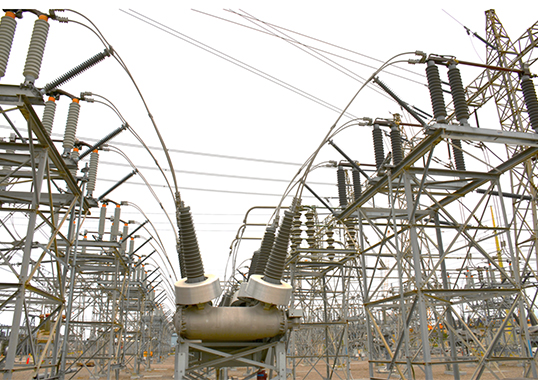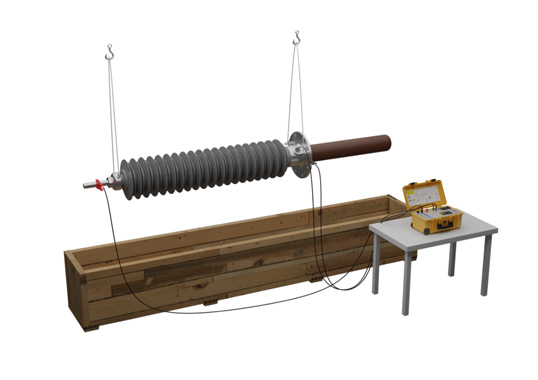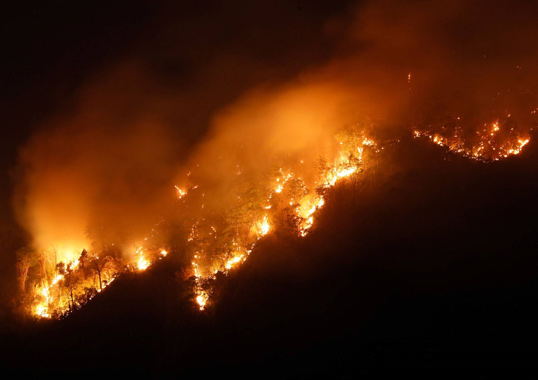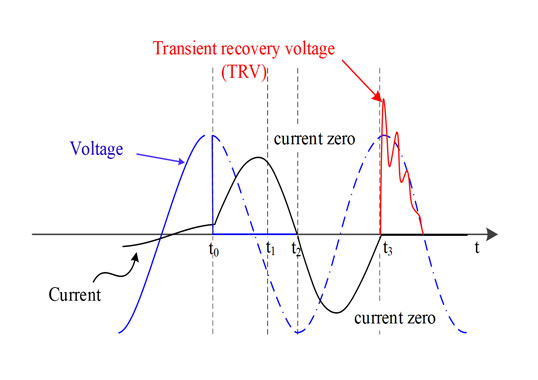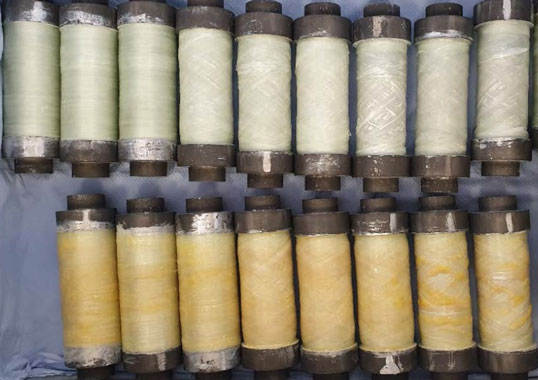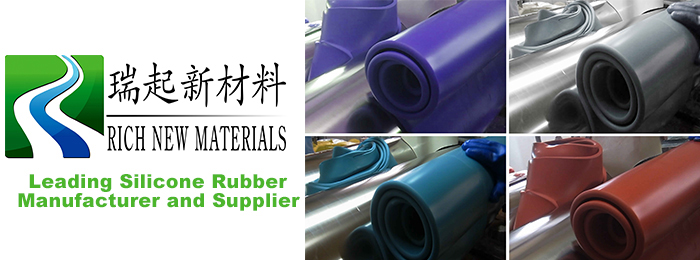Optimizing Insulator Selection with Regard to Performance, Installation, Stocking and Maintenance by Daniel McCullough.
Insulators may appear relatively simple in design but can actually prove complex in terms of practical application. In fact, choosing proper insulators for the application is one of the most commonly overlooked design considerations. For example, factors relevant when selecting porcelain post insulators include BIL, cantilever strength, tapered or uniform stacks, shed diameter, vertical or under hung, end cap diameter and standard versus semi-conducting glaze. Moreover, selection from among all the possible different polymeric post and suspension insulator types can be daunting. Some of the variables to consider are rod diameter, shed pattern, number of sheds, dry arc distance, end fittings as well as corona ring diameter and quantity. Moreover, all these characteristics have to be optimized to find the best insulator for each voltage class that will perform well in each of the four different climatic zones within San Diego County. This presentation reviews key factors in proper selection, handling and maintenance of insulators for substation applications. These include: contamination performance; minimizing insulator selection for each voltage class; minimizing types of insulators for each installation; ensuring insulators are designed and installed properly for the application; establishing controlled storage to ensure insulator inventory is always current and available to construction and maintenance personnel.

